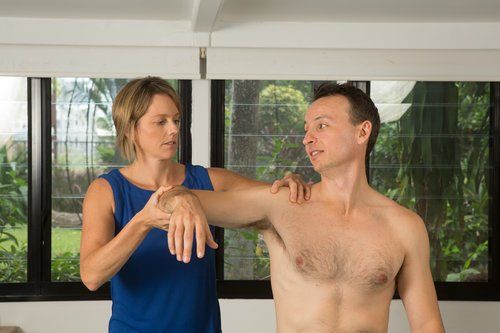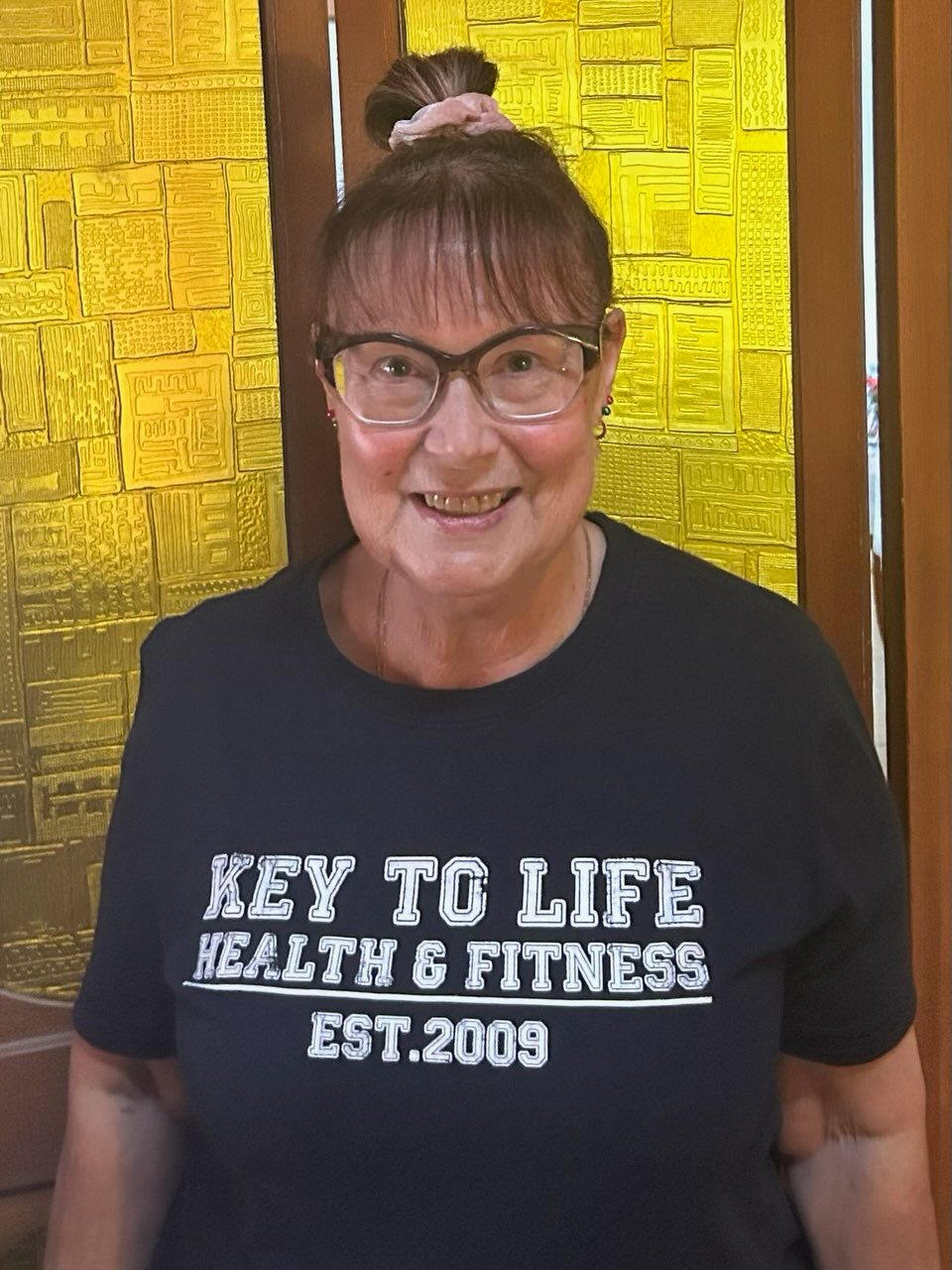What is frozen shoulder? How to fix it?
What is frozen shoulder? How to fix it?

Our arms are involved in so many daily activities, from getting dressed, fixing our hair, brushing our teeth, making food, eating food, cleaning, writing, working and so much more. So when we can’t reach that top cupboard or it hurts to wash your face, it can be very annoying and noticeable. One cause of shoulder pain which many patients come to Osteopaths for is frozen shoulder, also known as Adhesive Capsulitis.
What is adhesive capsulitis or frozen shoulder?
The bones, ligaments and tendons that make up your shoulder joint are surrounded by connective tissue forming a capsule. This capsule is the deepest layer of soft tissue in your shoulder and plays a large role in keeping your arm bone (humerus) in the shoulder socket. Frozen shoulder occurs when this capsule thickens, shortens and tightens around the shoulder joint, restricting its movement.
What are the symptoms of frozen shoulder?
Shoulder pain, possibly in the whole shoulder, Alternatively there may be no pain at all. It depends on the stage of the condition. Tenderness at the boney point of your shoulder near your chest
Stiffness in the shoulder
Decreases in shoulder movements
Pain which is worse at night and may cause difficulty sleeping
Neck or upper back tightness or stiffness
Difficulty with arm movements including reaching above head height, reaching quickly, reaching behind, throwing a ball and dressing yourself especially doing up a bra
What causes frozen shoulder?
Frozen shoulder occurs in 3-5% of the population, affecting women more than men. But it is unclear why some frozen shoulder occurs. Some people are more likely to develop frozen shoulder including females, people aged between 40-60, those who have had their shoulder immobilised for long periods (for example, after surgery), those with conditions such as diabetes, thyroid and other endocrine disorders and cardiovascular disease.
How do you diagnose frozen shoulder?
A manual therapist such as an osteopath will perform a range of tests and assessments looking at shoulder movements and surrounding structures. These may include moving your arm through its motions, pushing against the practitioner, palpating the muscles and other soft tissues around the shoulder. These assessments will be used to rule out other conditions and assess if frozen shoulder is the most likely cause of your pain and restriction.
Ultrasounds and x-ray do not usually show up frozen shoulders as they can not get deep enough or show the soft tissue to a great extent. However they can be used to rule out other causes of shoulder pain such as arthritis or muscular tears. CT and MRI are the best way to view the shoulder capsule although imaging isn’t always necessary as manual testing and the history of complaint often provides enough information to form a diagnosis.
How do you treat Frozen shoulder?
You may be reading this looking for the magical cure of frozen shoulder or to see if you can defrost a shoulder. Unfortunately there is no magical cure or microwave setting. It all takes time. Frozen shoulder is a self limiting condition which means it heals by itself over 1-2 years. The level of pain and restriction will vary during this time.
Symptoms and treatments depend on the stage of frozen shoulder;
Freezing stage
During the freezing stage the focus is on pain relief with possible medications including NSAIDS or corticosteroid injections from a GP. Gentle manual therapy can be used to maintain range of motion and relax muscles and joints for both the local and the surrounding areas. As Osteos we often see these surrounding areas compensate for the lack of shoulder movement, so we look not only at the shoulder, but the upper and lower back, the neck and pelvis, the rest of the arm and rib cage. An osteopath can also offer advice on how to avoid aggravating it further and how to modify activities to help you still do those you need to do.
Frozen stage
In the frozen stage the shoulder becomes stiffer but the pain often decreases. During this stage we continue with gentle and specific exercises and treatment techniques to release tight muscles and increase the motion in the shoulder joint. We also continue to look at how the rest of your body is coping with the restricted shoulder and if your back, neck or other shoulder have compensated, osteopathic treatment will also be focused there. Hydrodilation is another treatment option that doctors can provide. It involves injecting saline, cortisone and a local anesthesia into the joint capsule to inflate and stretch it to help break down some of the adhesions limiting movement.
Thawing stage
This stage is where you are starting to get your range of motion back. This is when manual therapy can be very helpful and with hands on treatment there is a big focus on shoulder mobilisation, stretching and strengthening exercises. 60-80% of people will respond positively to non surgical interventions however for those that don’t, surgery may be considered. This can include a joint manipulation under a general anaesthetic, where the shoulder is moved into different positions to loosen tight tissues or an arthroscopic capsular release where the shoulder capsule is cut.
In summary, this is what you need to know about frozen shoulder: Frozen shoulder involves the thickening of a layer of tissue around your shoulder. It includes pain in the shoulder and a reduction in arm movements. No one knows what causes it but it is more common in certain people. Imaging isn’t always needed for diagnosis of frozen shoulder. Frozen shoulder takes time to heal. It can take over a year to return to full function. Osteopaths, GPs and other health professionals can play an important part in your management







